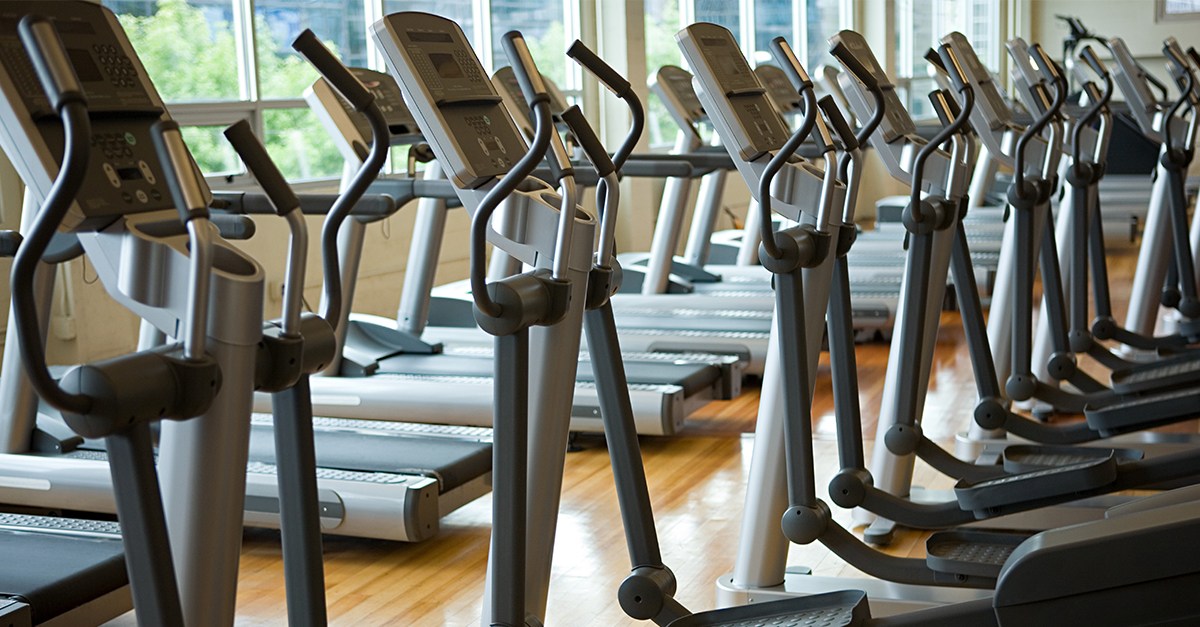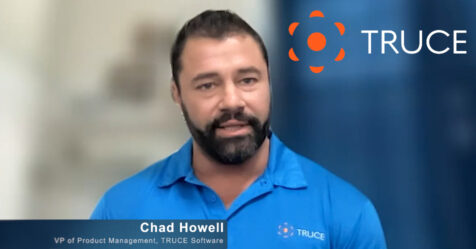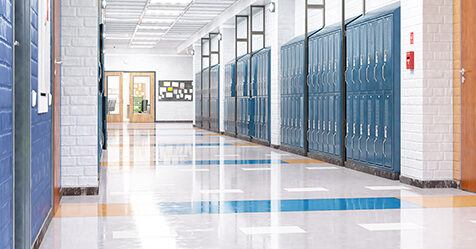Anyone who has wiped down a sweaty weight bench or witnessed fellow patrons huffing and puffing on treadmills understands that bodily fluids spread easily in gym, athletic, and fitness center settings. So, it’s no surprise that shared workout equipment, pools, and showers are common vectors of disease transmission.
A study published by the Association for Behavior Analysis International reported that between 10% to 30% of tested gym surfaces have bacteria that can cause afflictions like MRSA, plantar warts, ringworm, and more. An article published in Environmental Science and Pollution Research also found that airborne pathogens—such as influenza, tuberculosis, and COVID-19—can spread in these settings as well, thanks in part to strenuous exertion in fitness environments.
Given these risks, fitness center members expect the institution they patronize to take hygiene seriously, often ranking it as their first priority when selecting a gym. These expectations mean it’s not enough simply to rely on individual users to wipe down their own equipment before or after use. After all, whatever the rules, there will always be those who take shortcuts.
Instead, gym managers should implement an institutional cleaning policy that’s proactive, thoughtful, and keeps their buildings both healthy and clean—which, perhaps surprisingly, are not quite the same thing.
Clean doesn’t always equal healthy
Understanding the distinction between a clean environment and a healthy environment is an essential precondition for creating effective cleaning and disinfection protocols. Traditional cleaning products may contain toxic chemicals that kill pathogens—but often at the cost of damage to human health.
Cleaning chemicals may include volatile organic compounds (VOCs), which have been linked to cancer, liver, and kidney damage; endocrine and immune disruption; and more. Similarly, the fragrances used to produce those familiar scents we tend to associate with cleanliness may also be brimming with phthalates, another endocrine disruptor associated with infertility, birth defects, and heart disease.
These health complications can exist even when cleaning chemicals are used properly. A study by researchers at the University of Bergen in Bergen, Norway, examined the lung function of women who regularly used spray cleaning chemicals, including those who worked as professional cleaners. They found the women’s lung function decline was equivalent over the period to those with a 20-cigarette daily smoking habit.
To disinfect, or not to disinfect
A common misconception is that cleaning and disinfection are interchangeable terms; they are not. Both processes usually involve using chemicals, but while cleaning solutions remove dirt and grime, disinfecting solutions are meant to kill germs, which means they’re significantly more potent. Each type of product has a place, and it’s critical to understand their proper application to maximize the chemicals’ effectiveness and minimize their downsides.
As a result of the pandemic, there has been a widespread tendency to apply disinfectant indiscriminately. This is not only wasteful, it can be ineffective.
Overuse of some disinfectants can also contribute to antimicrobial resistance, which is one of the top 10 global public health threats according to the World Health Organization.
However, it is important for gyms to use disinfectant where and when it really is warranted, such as on regularly used workout equipment, before and after each use. Even if disinfectants are used thoughtfully and as needed, the fact is that we are disinfecting more frequently than before the pandemic.
Disinfect with charged water
Gym owners and managers can ensure a safer environment for patrons and staff by choosing disinfectants that have been tested and proven not to harm humans or damage the facility’s equipment due to corrosive properties. Fortunately, new alternatives are beginning to shatter the long-standing paradigm that disinfectants and cleaners need toxic ingredients to be effective. Perhaps the most interesting currently on the market is electrolyzed water, which is created by running an electric current through a combination of salt and water in a chemical reaction called electrolysis. The result is two solutions: sodium hydroxide and hypochlorous acid.
The first solution is a natural, multipurpose, and heavy duty cleaner and degreaser; the second is a hospital-grade disinfectant that’s 80-120 times stronger than bleach. Unlike conventional disinfectants, hypochlorous acid is completely harmless for people and the environment. In fact, the human body produces this substance to fight infections, so it can be safely touched, inhaled, or even ingested.
It’s the ideal disinfectant to use in gym locker rooms and high-touch exercise equipment, in part because its nontoxicity—not to mention lack of odor—means it can be used as frequently as needed. And unlike many conventional cleaners, some forms of the product are non corrosive, so it won’t damage any of those valuable machines, barbells, etc.
Gyms exist to help people stay fit and healthy. Thankfully, the way they clean and disinfect no longer has to undermine that worthy mission.




